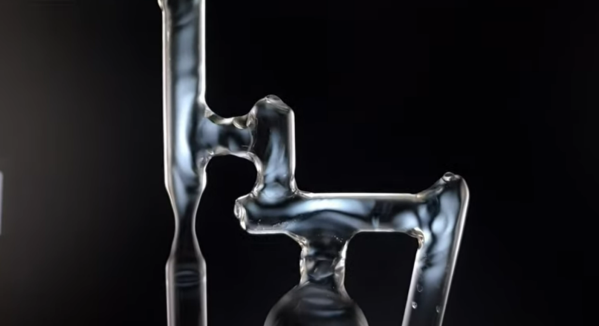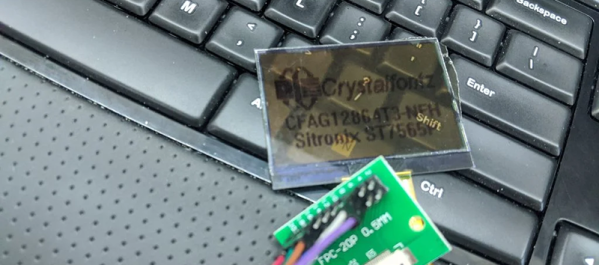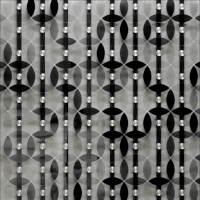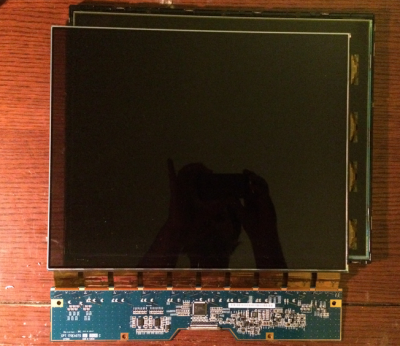There are a lot of ways that stresses can show up, at least when discussing materials science. Cracks in concrete are a common enough example, but any catastrophic failure in a material is often attributable to some stress that couldn’t be withstood. If you’re interested in viewing those stresses before they result in damage to the underlying material, take a look at this DIY polariscope which can view internal stresses in glass and other clear objects.
The polariscope takes its name from the fact that it uses polarized light to view the internal structure of a transparent object such as glass. When the polarized light passes through glass in a certain way, the stresses show up as lighter areas thanks to the stressed glass bending the light back into view. This one is constructed with a polarizing filter placed in front of an LCD screen set to display a completely white image. When glass is placed between the screen and the filter no light is seen through the polariscope unless there are stresses in the glass. Even placing a force on an otherwise un-stressed glass tube can show this effect, and [Advanced Tinkering], this project’s creator, has several other creations which show this effect in striking detail.
The effect can also be observed as colored areas in other plastic materials as well. It’s an interesting tool which can help anyone who frequently works with glass, but it’s also interesting on its own to see clues left behind from the manufacturing process of various household items. We’ve seen some other investigative methods for determining how other household items are mass produced as well, like this project which breaks down the injection molding process.






 Travis] figured out the transparent badge was actually a polarizing filter. Every standard LCD has two of them, usually bonded to the glass of the LCD itself. If you remove the filters from a LCD, you’ll get a prime view of the backlight –
Travis] figured out the transparent badge was actually a polarizing filter. Every standard LCD has two of them, usually bonded to the glass of the LCD itself. If you remove the filters from a LCD, you’ll get a prime view of the backlight – 









